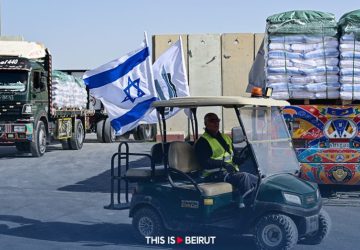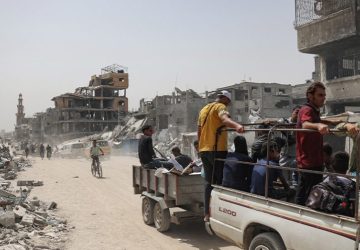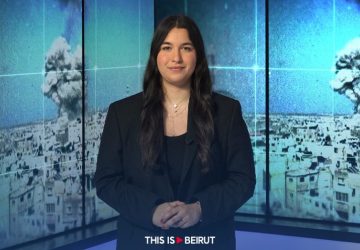Listen to the article
Since October 7, global attention has been largely focused on the Israeli war’s dual fronts: Gaza and Southern Lebanon. However, amidst this multifaceted war, a third, less spectacular yet equally crucial front has emerged: The West Bank where there are no massive bombings or missile salvo, but rather a theater of operations for Israeli intelligence services orchestrating lightning operations aimed at “preventing open warfare.” Yet, what are these operations that unfold away from the media spotlight?
In the West Bank, a different kind of conflict has surfaced since the beginning of the year, concealed beneath the guise of forceful police operations that are first manifested by punctual but repetitive military incursions, orchestrated by the armed forces backed by armored vehicles. These operations target urban areas with significant concentrations of Palestinian armed groups affiliated with various factions, notably in Jenin, Nablus and Tulkarem. These interventions result in numerous arrests and the targeted elimination of leaders through drone strikes, sometimes done in collaboration with the Palestinian Authority security services. The complexities of this dynamic lend the conflict a subtle and intangible dimension, unfolding within the nooks and crannies of official law enforcement operations.
Concurrently, these operations aim to destroy infrastructure within displaced camps, labeled as “militants’ strongholds.” While intended to neutralize elements deemed hostile, this endeavor poses the risk of mistakes and excesses, resulting in tragic consequences, especially among children, who represent a quarter of the victims since October 7, 2023. Furthermore, these actions are accompanied by restrictive measures on movement, exerting suffocating pressure on the population across the entire territory. The proliferation of checkpoints and the revocation of work permits for Palestinians employed in Israel pose additional obstacles and contribute to a precarious situation that significantly weighs on the daily lives of the region’s inhabitants.
This third Israeli front in the West Bank is fully in line, if not in continuity, with the persistent conditions of Israeli occupation dating principally to 1967. Under the far-right government of Benjamin Netanyahu, this front has been praised for its tally of 400 Palestinian deaths in the West Bank since October 7, considered a success in neutralizing alleged “terrorists” who threaten Israeli settlements, home to over 600,000 settlers.
Some observers posit that these operations are orchestrated to prevent a third ‘intifada,’ a threat that Israeli intelligence services are beginning to discern, particularly in East Jerusalem. While this strategy undoubtedly seeks to eliminate high-ranking Palestinian leaders, could it not trigger a backlash and foster conditions conducive to a potential rebellion? When coupled with the fronts in Gaza and Southern Lebanon, such a situation could swiftly become untenable for Israel, not to mention the ongoing violence perpetrated by settlers who exploit the vulnerability of Palestinian communities to seize more land.
At the onset of the Muslim fasting month (Ramadan), all eyes are turning towards the Esplanade of Jerusalem Mosques, the third holiest site in Islam and the most sacred place in Judaism. Three years ago, on the last Friday of Ramadan, clashes erupted following initial confrontations in the Sheikh Jarrah neighborhood of occupied East Jerusalem. These tensions led to hundreds of injuries before spiraling into an 11-day war between Hamas and Israel.
In the most tense context between Israel and Hamas, how will this year’s Ramadan fast be affected?





